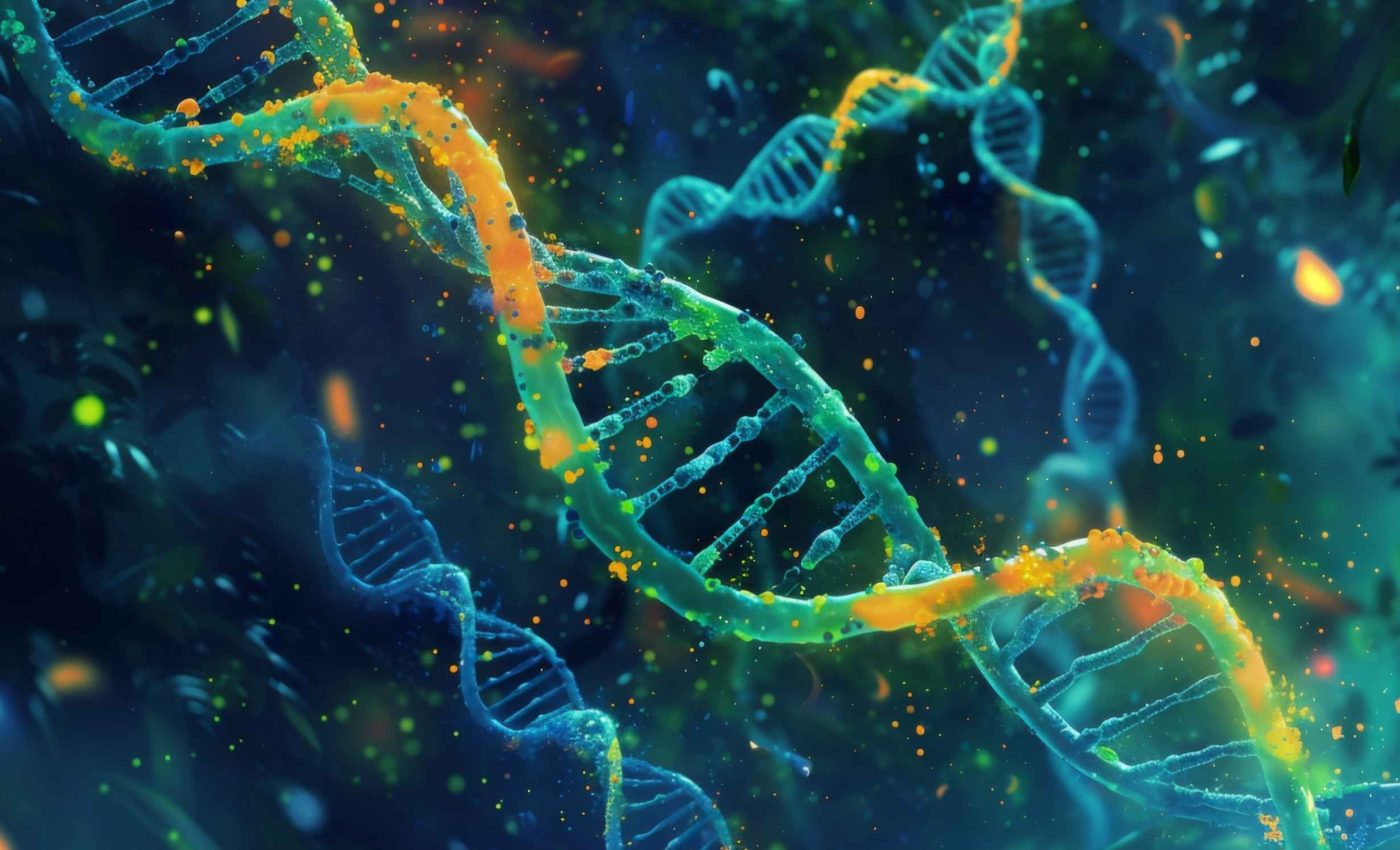
Common genetic mutation dramatically increases the risk of dementia in men
About one man in 36 carries two copies of a tiny change in the HFE gene and that detail can more than double his odds of developing dementia, according to a new analysis of nearly 12,200 Australians and Americans.
Dementia already affects about 433,000 Australians, and while women still outnumber men, this fresh genetic signal shows that older males with the variant face a steeper climb toward memory loss.
HFE gene, men, and dementia
The haemochromatosis gene keeps the body’s iron traffic moving smoothly, yet its H63D version is anything but rare, turning up in one in three people as a single copy and in roughly one in 36 as a double hit.
H63D does not usually overload the liver the way the better‑known C282Y variant can, but laboratory work shows that mutant HFE can upset cellular iron sensors and let free iron trigger damaging chemical reactions.
Genes, iron, brains and memory
Iron is vital but volatile, and when it piles up inside microglia, the brain’s immune cells, it sparks oxidative stress and inflammation tied to Alzheimer’s pathology.
Reviews of animal and human data echo the theme: iron dyshomeostasis fans reactive oxygen species, injures neurons, and may even set off ferroptosis, a specialized form of cell death linked to cognitive decline.
HFE variants have also been linked to Parkinson’s disease and motor neuron disorders, suggesting that iron mismanagement may be a shared pathway across multiple brain conditions.
Studies have shown that abnormal iron levels in regions like the substantia nigra and motor cortex are associated with earlier onset and faster progression of these diseases in genetically susceptible individuals.
What the ASPREE data revealed
The ASPREE trial followed 19,114 healthy seniors for a median 6.4 years to test low‑dose aspirin, generating a gold‑mine of aging data in the process.
Genome scans within ASPREE showed that men with two H63D copies logged an adjusted hazard ratio of 2.39 for incident dementia, while women with the same genotype saw no extra risk.
“Having two copies of the variant more than doubled the risk of dementia in men, but not women,” Professor John Olynyk, of Curtin University Medical School, who co‑led the project.
Why only men
Menstruation, pregnancy, and lower mid‑life ferritin give women a natural outlet for iron, which may blunt the variant’s impact; haemochromatosis complications likewise appear later and milder in females.
Brain‑imaging studies find that women who stop menstrual bleeding early accumulate more iron in deep brain regions, hinting that lifelong iron exposure could be the pivot that tips male brains toward damage.
Sex hormones complicate matters too, because estrogen modulates iron metabolism and offers anti‑inflammatory benefits that may shield neural circuits.
HFE analysis is already part of routine work‑ups when doctors suspect iron overload, but the new results suggest that broader screening in aging men could flag a hidden dementia risk before symptoms start.
Identifying carriers is inexpensive, and unlike many predictive markers, this one points to an actionable pathway, iron handling and its downstream inflammatory effects.
Practical steps today
The research team found no clear link between blood ferritin levels and dementia, yet keeping iron in the normal range, treating chronic inflammation, staying active, and eating a plant‑biased diet all intersect with brain health.
Regular physical activity alone can slash dementia risk by roughly 30 percent, according to World Health Organization estimates.
Doctors also emphasize blood pressure control, smoking cessation, and social engagement, interventions that help every older adult, variant carrier or not.
Current dementia prevention efforts often rely on broad lifestyle advice or age thresholds, but this variant suggests a need for sex‑aware screening policies.
If men with double H63D copies truly carry double the risk, early genetic testing could steer them toward more aggressive prevention long before symptoms appear.
Men, dementia, and the future
Professor Paul Lacaze from Monash University, hopes that untangling how H63D alters brain pathways will spark medicines that block the harm even when the gene cannot be changed.
Future work will track variant carriers with MRI iron mapping and fluid biomarkers to catch early inflammatory changes, then test whether diet, phlebotomy, or anti‑ferroptotic drugs can tilt the balance back toward healthy aging.
Genetics rarely hands scientists such a common, sex‑specific clue, and this one arrives in time for a generation of men now crossing the 70‑year threshold.
The study is published in Neurology.
—–
Like what you read? Subscribe to our newsletter for engaging articles, exclusive content, and the latest updates.
Check us out on EarthSnap, a free app brought to you by Eric Ralls and Earth.com.
—–













